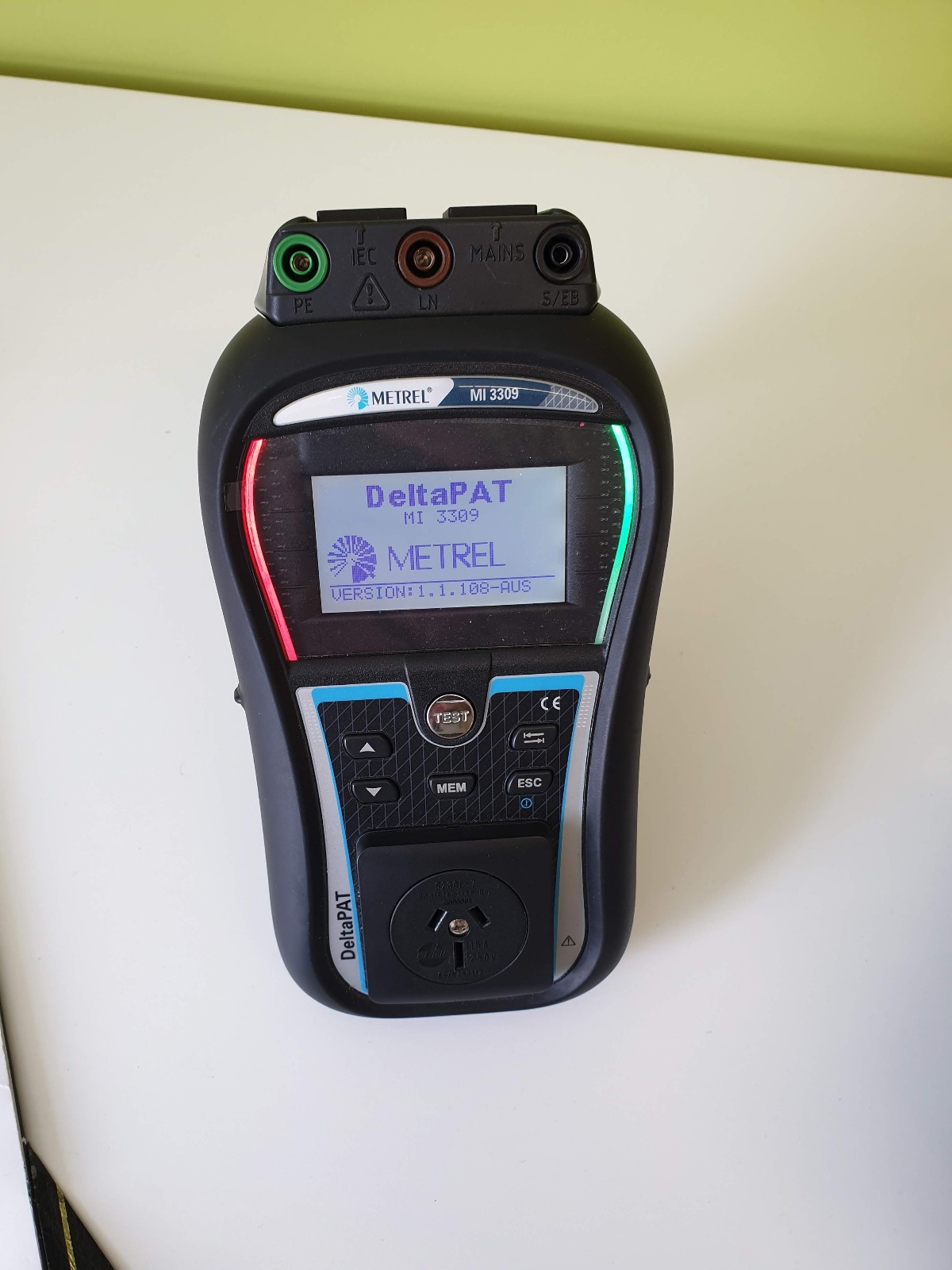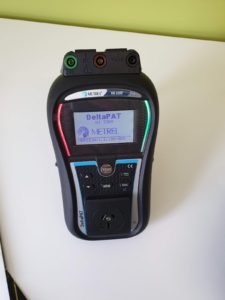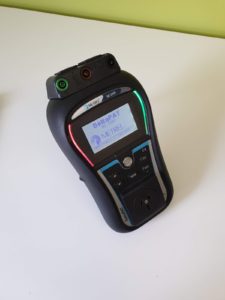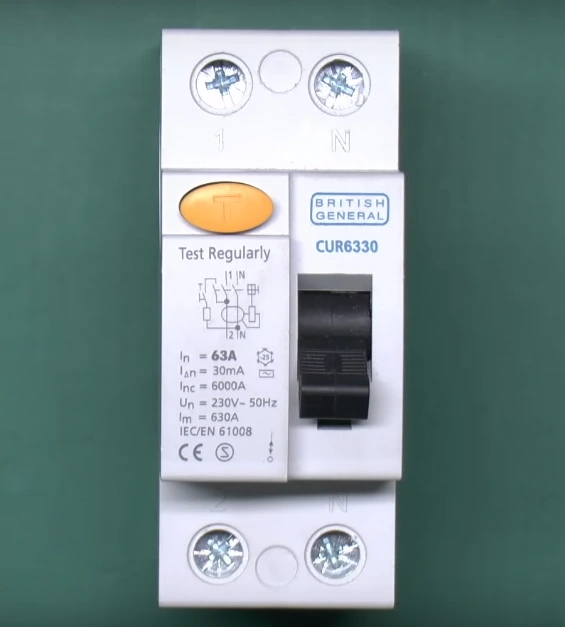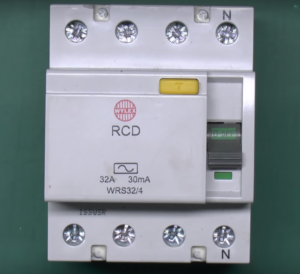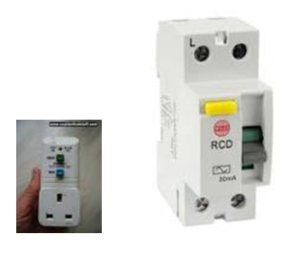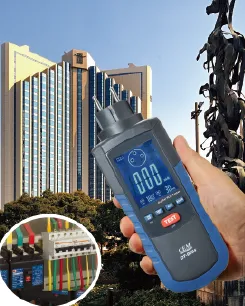
Metrotest is your industry professional partner in product supply and training. Metrotest is the leader in test and tag equipment. They have the latest products and services when it comes to testing and tagging.
Here are 5 of the most in-demand test and tag equipment on Metrotest:
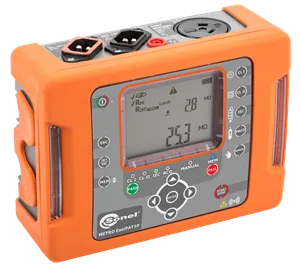
Sonel Metro EasiPAT Portable Appliance Tester
This amazing little fully functioned PAT is the next step in do-it-yourself (DIY) testing.
The Product Includes PRCD (portable Residual Current Device) testing with battery and mains operated. This requires mains for powered up leakage testing. The tester can be used for insulation testing and polarity testing.
Flashing warning lights are activated when used for powered up testing-providing extra safety for the operator.
The Sonel Metro EasiPAT Portable Appliance Tester has 1 Push test selection with Bright Pass/Fail Indicator and a light up LCD display. It is direct Wi-Fi capable. It also comes with a great carry bag with room for all your accessories and mini thermal transfer printer (Tough Tags).
Basic limited memory capability:
The Sonel Metro EasiPAT Portable Appliance Tester has a built in a basic memory recall, which can be downloaded with Sonel Pats Reader and is able to basic printing.
A future App is planned for development.

Metro iPAT SupaPAT
Description
Our newest, most comprehensive and user-friendly PAT in a complete testing package with thermal transfer printer, scanner, and comprehensive software all neatly contained in a specially designed carry bag.
The Metro iPAT SupaPAT includes the Sonel Metro iPAT Portable Appliance Tester Standard Set,
Symbol Laser Scanner, and CG2 Thermal Transfer Label Printer. It also comes with a Roll of 400 Tough Vinyl (Valeron stock) Labels and Ribbon, a USB download cable, and All Connection cables from Printer to PAT.
The Metro iPAT SupaPAT comes with a customized business logo for printer and additional software required to change logo. It comes with a handmade custom vinyl bag and a 1-year warranty.

Metro iPAT
Designed to make testing easier and faster without compromising on safety. The newly developed operating system is both user friendly for the testing technician and rich in features for the varied needs of testing companies and their clients. Retesting has become easier with the introduction Dual Time Tags (DTT) and a whole new tagging system.
The Metro iPAT are designed around the needs of AS/NZS3760 (not adapted to) by a nationwide Test & Tag Company. It allows for Real Safety testing (including high current earth bond test), speed, audit ability, and a truly flexible operating system sets it apart from its nearest competitor.
The Metro iPAT comes with a Custom Designable ‘Help Menu’/Site inductions/Individual SOPS/JSA/Task. It also features analysis sign off signature that can all be placed on-board.
Its full-color touch screen enables easy access, fast and efficient testing, and data input without the need of other devices and minimizing paper based systems.
Its output voltage and frequency is constantly displayed. The Metro iPAT comes with an intuitive user interface, manual and automatic test codes, and single test ability.
RCD tests both installation and portable RCDs including ramp test. It comes with Dual Time tagging and printing, as well as a comprehensive download software Sonel PAT+ with easy data management and a USB flash drive downloadable.

Megger 150R
The PAT150R is a cost-effective, full functionality PAT, which is ideal for use in a wide variety of PAT testing applications. The PAT 150R includes dual insulation test voltages, can be used to test portable equipment, has exclusive 10ma/30mA portable RCD lead testing, adjustable PASS testing limits and mains powered leakage testing procedures.
Key Features include a large LCD display and Push Button Tests. The PAT150R tests single Phase Appliances up to 10A with an earth test of 200mA and an insulation Test of 250/500V.
The PAT150R is able to conduct mains powered leakage test (operational) 230V and can test via its onboard rechargeable batteries. It allows for Lead Testing and offers a 1-year warranty.

CEM DT-9054 RCD Tester
The CEM DT-9054 RCD Tester features include a fully programmed operation, accurate digital read out of tripping time, and current 450ms readout for testing latest delay action breakers.
It has two LED lamps that give quick check for correct wiring. It is compact, lightweight, and simple to operate.
Why Metrotest?
Metrotest is not just a sales company, or just a test and tag company, or just a development company – we do all three! We know our products inside out and use them. You really can’t beat old fashioned knowledge and service.
Metrotest is an electrical safety company that has built a reputation as a supplier of electrical safety equipment in both New Zealand and Australia. We are also a training provider for electrical safety testing ‘competency’ training. We operate a nationwide electrical safety testing operation.
What Metrotest Offers
Metrotest provides services including electrical safety competency training and assessment,
Nationwide Test and Tag Service, training to enable compliance with AS/NZS3760 and AS/NZS3551/5761/5762. We are also an Accredited Electrical Workers Registration Board (EWRB) training provider.
Metrotest offers direct import of many brands of testers resulting in affordable prices. We provide Australia and New Zealand’s largest range of Portable Appliance Testers for sale.
Here at Metrotest, we offer you what you need and not what we think you need. We look out for your requirements and provide you with the products and services that you desire. Call us today for more details about test and tag equipment!








